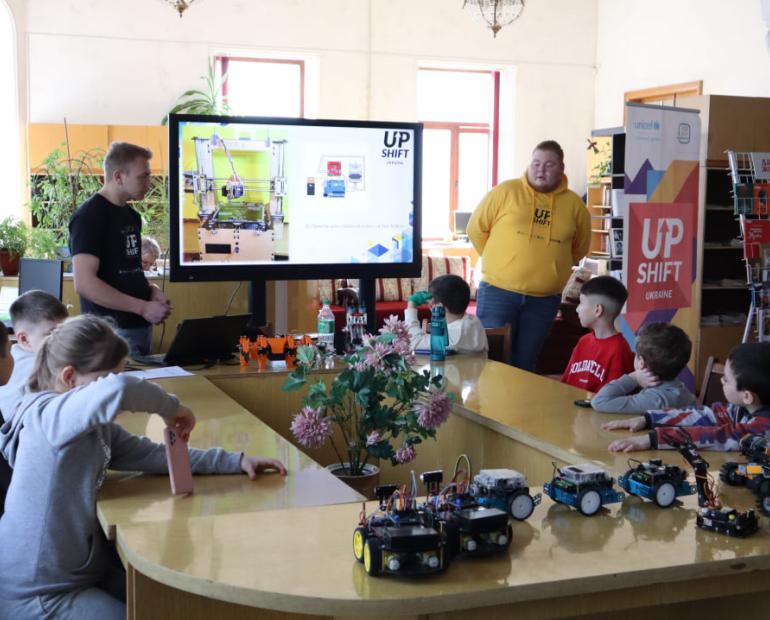
Shackleton’s leadership
You all probably know the great polar explorers Scott and Amundsen… but have you ever heard of Shackleton? I am sure that only a small minority has even if he is one of the greatest leaders ever and got nearer to the South pole than Amundsen and Scott. The Arctic explorer Raymond Priestly has said: “For scientific discovery give me Scott; for speed and efficiency of travel give me Amundsen; but when disaster strikes and all hope is gone, get down on your knees and pray for Shackleton.” So who is this Shackleton, what has he achieved and what can we learn from him?
Ernest Shackleton was born on 15 February 1874 in County Kildare, Ireland to a Protestant family. He attended the merchant navy when he was 16 and qualified as a master mariner in 1898. He then joined several expeditions including Scotts to the Antarctic.
In September 1914 he launched his own imperial Trans-Atlantic expedition with the goal of being the first to transverse Antarctica. However, his plans were changed when the Endurance, his ship got stuck in the ice. What followed was a continuous cycle of hope, progress and crushing setback as he and his 27 men tried to get back. After 1.5 years Shackleton achieved to get his men back into civilization. And all survived with a good physical and psychological wellbeing! But how did he manage this?
Shackleton has turned around the concept of leadership. Instead of the team serving their leader, he believed that it was the leader's job to serve his team members; you could almost say that he had an obsession for the well-being of his men. He always sacrificed his own comforts for the good of his men. He didn’t care if he had smaller food rations or fewer clothes as long as his men had enough. For example, when the photographer Hurley lost his mittens Shackleton gave him his own. When Hurley tried to protest Shackleton threatened to throw them away otherwise. Another team member remembers that he brought sick people tea and paid them visits in their cabins.
While Shackleton could be very irrigated he always found reasons to laugh and to establish a chilled and cheerful atmosphere. He organized social get-togethers, games and competitions, had a library on the ship that everyone could use and did crazy things like organizing a funny hair day (all men had to cut their hairs). One of his team-members remembers that Shackleton could be irrigated “but never when things were going badly and we were going up against it”. He also did not concentrate on things he couldn’t influence but the things that he could actually do. Like this Shackleton ensured that his team did not get demotivated and supported individuals to develop and strengthen their skills and talents (even after the expedition). At the same time, this activity saved his team members from getting depressions in the dull planes of Antarctica like many other seamen in previous expeditions (many went crazy when Antarctica turned dark for several months in summer). What really highlights this leadership mindset is that when they were allowed to only take a few objects with them he encouraged one of his men to take his banjo so that he could entertain his peers.
Unity was very important for Shackleton and he saw it as his key to success. He said that “there are lots of good things in the world but I am sure that comradeship is the best of them all”. He did this mainly by establishing a balance between work, discipline and personal relationships. His first step to achieving this was to break the cliques. He made no differences between his men; he treated everyone, be it the cook, the sailor, the doctor or researcher the same, made them have their meals together regardless of their social class and station (it was very unusual that sailors and the officers would have close contacts during expeditions ... they usually stuck to their own tasks and hardly communicated). Shackleton was against the concept of hierarchies and strict obedience. He also always said of himself that he is a friend first and only a boss secondly. He tried to get to know all of his men and discussed many different topics with them that interested them. This was a very intelligent way of making his men want to follow him instead of forcing them which always effects a working environment negatively.
All in all, it is probably Shackleton’s invulnerable optimism that binds all of the elements of his success. He said, “Optimism is the real moral courage”.
Shackleton has never received the recognition of Scott and Amundsen and only a few know him, even if he is, in my opinion, one of the greatest leaders the world has ever hosted and from which everyone, be it a student council rep, a businessman, teacher or sportsman can learn because he redefined leadership. Below a small list of the most important points that we can learn from Shackleton:
1. Be clear of your core values so that your team members know what you stand for (for Shackleton these were optimism, resilience, continual learning, self-knowledge, enthusiasm, moral courage)
2. Create a good working environment in which your team members feel comfortable working in – the happier, cheerful and positive the working environment the more productive the workers
3. Be flexible and look at situations from different perspectives
4. Be a lifelong learner – never stop learning. Always try to get yourself to the newest stand in your domain (new concepts, methods, technologies etc.)
5. Learn from your mistakes – use previous mistakes, be it from own experience or the experience of others, as guidelines
6. Establish a good relationship with your team members and promote unity
7. Give people a routine






